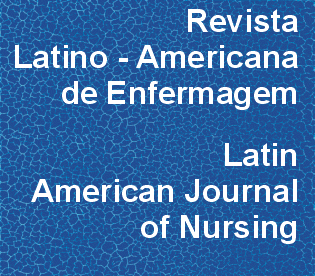Perceived norms among university students of three health courses for drug use among peers
DOI:
https://doi.org/10.1590/S0104-11692009000700022Keywords:
psychoactive substances, tobacco, alcohol, marijuana, cocaineAbstract
The present study interviewed second- and third-year students of three health courses to identify university students' estimates for drug use (perceived norm), the rate of drug use among the subjects (real norm); compare the estimates with the actual frequency; and identify in what conditions the drugs are used. Students overestimated their peers' use of tobacco, marijuana and cocaine in life and over the last 12 months. Alcohol was an exception. The rate values reported by sample students and the general estimated use were rather close. Drugs are usually consumed at parties and among friends from the university. Data analysis was performed in the light of the Social Norms Theory, Causal Attribution and Normalization.Downloads
Download data is not yet available.
Downloads
Published
2009-01-01
Issue
Section
Original Articles
License
RLAE’s authorship concept is based on the substantial contribution by each of the individuals listed as authors, mainly in terms of conceiving and planning the research project, collecting or analyzing and interpreting data, writing and critical review. Indication of authors’ names under the article title is limited to six. If more, authors are listed on the online submission form under Acknowledgements. The possibility of including more than six authors will only be examined on multicenter studies, considering the explanations presented by the authors.Including names of authors whose contribution does not fit into the above criteria cannot be justified. Those names can be included in the Acknowledgements section.
Authors are fully responsible for the concepts disseminated in their manuscripts, which do not necessarily reflect the editors’ and editorial board’s opinion.
How to Cite
Perceived norms among university students of three health courses for drug use among peers. (2009). Revista Latino-Americana De Enfermagem, 17(spe), 900-906. https://doi.org/10.1590/S0104-11692009000700022



